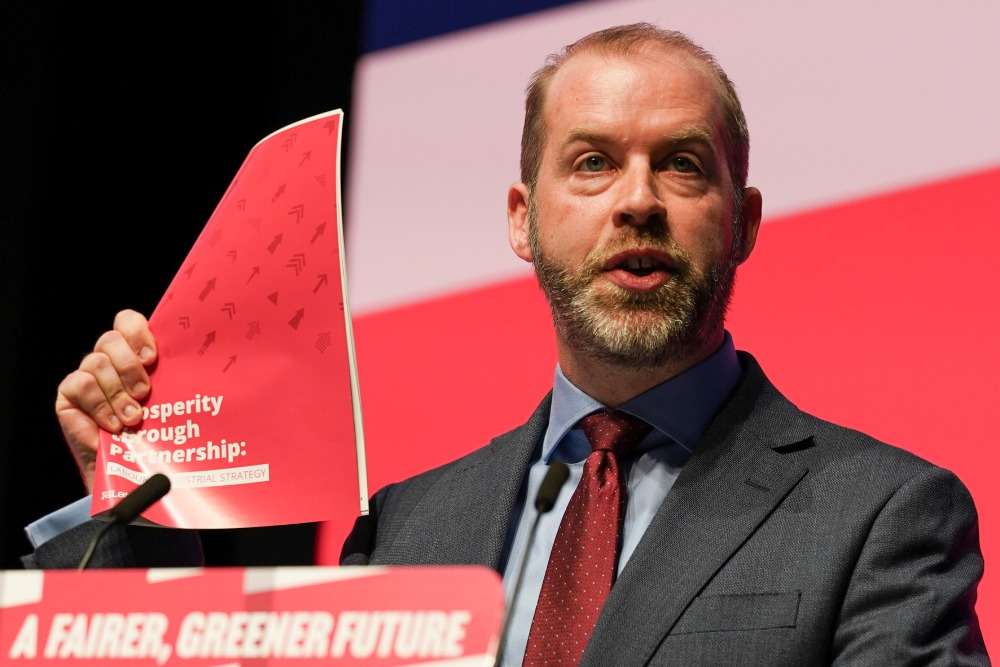Prime Minister Keir Starmer has secured the United Kingdom’s most significant post-Brexit trade agreement, striking a landmark deal with India projected to boost trade between the two nations by £25.5 billion.
The announcement, made by the Prime Minister, marks a pivotal moment in Britain’s foreign trade ambitions and offers hope of economic rejuvenation following Brexit and domestic political turmoil.
The wide-ranging agreement covers key sectors including alcoholic drinks, cosmetics, and automotive manufacturing, and is expected to benefit British consumers through reduced prices and open new markets for UK industries. Starmer described the deal as a product of his government’s “stable and pragmatic leadership,” positioning it as a win for both business and households.
“Today we have agreed a landmark deal with India – one of the fastest growing economies in the world, which will grow the economy and deliver for British people and business. Strengthening our alliances and reducing trade barriers with economies around the world is part of our Plan for Change to deliver a stronger and more secure economy here at home.”
Keir Starmer
The agreement has been years in the making, with former Prime Minister Boris Johnson famously pledging to complete the deal by Diwali in 2022. However, the breakthrough came under Starmer’s Labour government amid internal challenges following local election setbacks. It also comes as the UK continues to face difficulties in reaching a trade deal with the United States that might shield it from tariffs on steel, cars, and other sectors under President Donald Trump’s levies.
Tariff Cuts Expected To Benefit Consumers
Key components of the deal include halving tariffs on British whisky and gin exports from 150% to 75% immediately, with a further reduction to 40% by 2035. Automotive tariffs on British cars entering the Indian market will also drop from over 100% to just 10%, providing a major boost for UK car manufacturers grappling with U.S. trade barriers.
In return, India secured a concession hailed as a “big win” — temporary Indian workers and their employers in the UK will be exempt from paying social security contributions for up to three years. The Department for Business and Trade clarified that the deal will not alter the UK’s points-based migration system, despite earlier concerns that India was pushing for more relaxed visa policies.
Business Secretary Jonathan Reynolds led final-stage negotiations with India’s Commerce Minister Piyush Goyal. Following the agreement, Reynolds emphasized the deal’s potential to stimulate growth across the UK, from “advanced manufacturing in the North East to whisky distilleries in Scotland.”
“By striking a new trade deal with the fastest-growing economy in the world, we are delivering billions for the UK economy and wages every year and unlocking growth in every corner of the country.”
Jonathan Reynolds

Additional elements of the deal include provisions aimed at safeguarding UK consumers from spam communications originating from India. According to government officials, the agreement may require opt-out mechanisms or prior consent to curb the flow of unsolicited messages.
Indian Prime Minister Narendra Modi welcomed the deal, calling it a milestone in the two countries’ strategic relationship.
“These landmark agreements will further deepen our Comprehensive Strategic Partnership, and catalyse trade, investment, growth, job creation, and innovation in both our economies. I look forward to welcoming PM Starmer to India soon.”
Prime Minister Narendra Modi
However, not all reactions have been positive. Critics argue that the UK might have secured a more favourable arrangement had it remained in the European Union. The European Movement UK acknowledged the trade pact’s significance but insisted that the EU, with its greater negotiating power, “has more clout.”
With bilateral trade set to expand by £25.5bn and a projected £4.8bn annual boost to the UK’s GDP, the deal may represent a much-needed economic win for the Labour government.
READ ALSO: Grounds for Petitioning a Judge’s Removal Explained



















